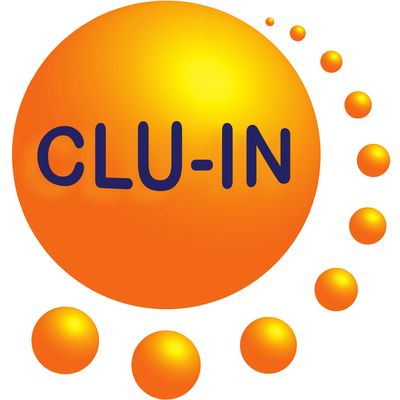Since 1998, The Contaminated Site Clean-Up Information (CLU-IN) website has presented Internet Seminars covering a wide variety of technical topics related to hazardous waste characterization, monitoring, and remediation. For each seminar topic, we have selected the highest-quality offering for placement in our archives. Beginning in May 2005, we began offering these archives via podcast, and this feed contains all seminars archived in the last 6 months. For a complete list of seminars archived since 2000 and videos of selected seminars archived since 2012, please visit http://clu-in.org/live/archive/. Our Rehabilitation Act Notice for reasonable accommodation is available at http://clu-in.org/training/accommodation.cfm. CLU-IN was developed by the U.S. Environmental Protection Agency (EPA) but is intended as a forum for all waste remediation stakeholders. For more information and to view upcoming live offerings, please visit http://clu-in.org/live/. For a complete list of RSS feeds available on CLU-IN, please visit http://clu-in.org/rss/about/.
http://www.clu-in.org/live/archive
Audio for "EPA Region 2 Forty Years to the Finish - A Case Study of Combe Fill South Landfill Superfund Site," Jan 13, 2021
The Society of American Military Engineers (SAME) Denver Post and Philadelphia Post along with the US Environmental Protection Agency (EPA) are hosting a series of webinars based on talks given at recent Design and Construction Issues at Hazardous Waste Sites (DCHWS) Symposiums. The mission of the DCHWS symposiums is to facilitate an interactive engagement between professionals from government and the private sector related to relevant and topical issues affecting applications of engineering and science associated with cleaning up hazardous waste sites. The symposiums also serve as a platform to facilitate the exchange of information, encourage dialogue, share experiences, and build and enhance communication among design and construction professionals. This presentation is a case study of Combe Fill South Landfill Superfund Site listed on the NPL in 1983 with a record of decision (ROD) in 1986, explanation of significant differences (ESD) in 2000 and amended ROD in 2018. HDR and its predecessor company LMS have been working on this site since its NPL listing in 1983. The presentation will highlight: How advancements in high resolution analytical and geophysical methods over this time period had a bearing on the original conceptual site model (CSM), and how the application of evolving technologies resulted in investigative and design improvements to achieve the site's remedial action objectives (RAOs). How the appearance of emerging contaminants - namely 1,4-dioxane - took the remediation timeline through a detour and how delineation and ultimate treatment of emerging contaminants, including PFCs, became the most significant component of this site's history. The data and decision-making process resulting from numerous bench and pilot scale studies for 1,4-dioxane treatment, as well as various innovative and tried-and-true hydrogeologic evaluations in fractured rock. The use of new design technologies and software (e.g. LiDAR, Autodesk Recap, Autodesk Revit, BIM 360, etc.) to create a 3D model of the existing groundwater treatment facility, evaluate the potential reuse vs new design, and ultimately complete a new treatment facility design To view this archive online or download the slides associated with this seminar, please visit http://www.clu-in.org/conf/tio/DCHWS13_011321/
